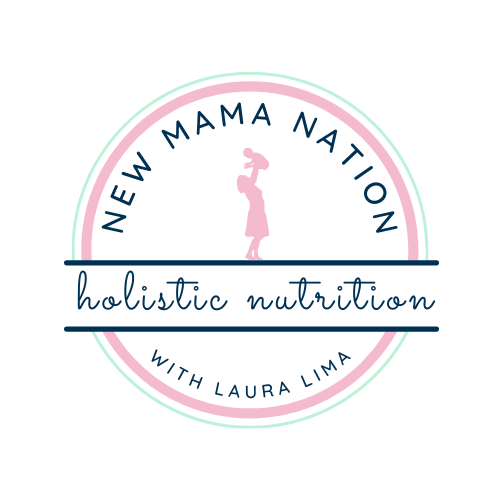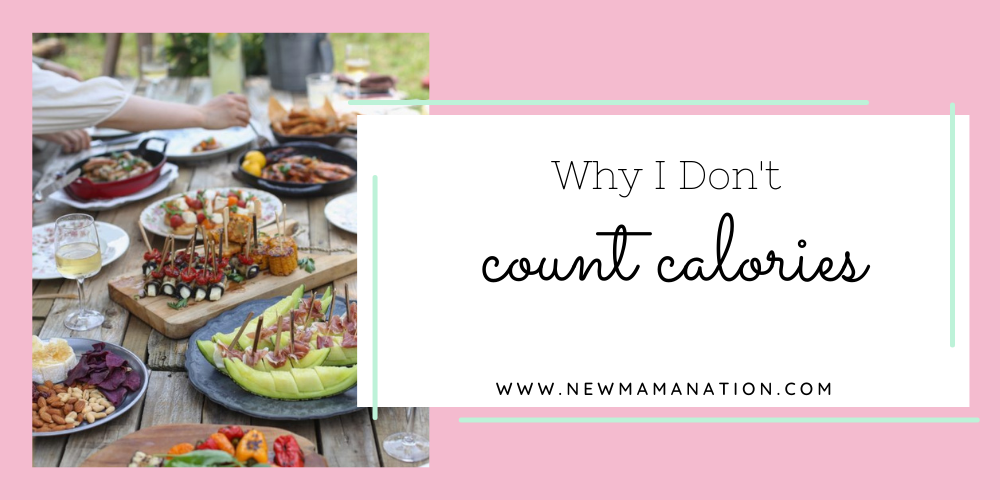In virtually every conversation I’ve had about weight loss, the subject of counting calories inevitably comes up. And forget weight loss; it seems that every convo I’ve had about health, period, includes this oh-so-popular topic.
And hey, I get it. Much of what we hear in commercials, see on food packages, and “learn” from companies’ marketing efforts is that the calorie is the be-all and end-all. That as long as you consume “x” number of calories (or fewer) per day, then you’re good to go. You’ll lose weight (if that’s your goal), and so long as you stick to that calorie intake, you are eating healthily. Basically, burn more calories per day than you take in, and all will be well with your world.
Right?
Wrong. At least, in my opinion.
Now, I will say that yeah, you don’t want to eat more food than your body needs on a consistent basis, even healthy ones. Rather, you should be taking in the necessary fuel upon which your body relies to run, and you shouldn’t make a habit of always going over and above that. But calorie counting in and of itself is not the healthiest way to determine the foods you’re going to eat in a day.
Because guess what? Some of the healthiest foods are the highest calorie.
I know, mic drop.
While protein and carbs each provide four calories per gram, fat provides nine. So to someone who is solely focused on the calories, that’s like, yikes! Stay away from fat! And I’m like, no, don’t! Eat it wholeheartedly. (Yes, avoid vegetable oils… but butter, coconut oil, avocados and fish (plus more)? Eat ’em up!)
If we’re focusing on the number of calories a food provides, we are almost guaranteed to miss out on such an essential component of food… fat! And believe me when I say, we need fat to function. Our brain needs it, our blood sugar does too, our hormones require it, our heart wouldn’t be as healthy without it, our skin craves it… in short, we need it! And the number of calories just doesn’t take that into account; it doesn’t tell us how healthy the food is. And when it comes to fat, it can actually cause us to get less than an ideal amount.
What is a calorie anyway?
Well, it’s a unit that is used to measure energy… in our case, food energy. A Calorie (which, scientifically speaking, should have a capital C), as written on food packages, is actually a kilocalorie, or kcal. Here’s the definition of a kcal: The amount of energy needed to raise the temperature of 1 kilogram of water by 1 degree Celsius.
Energy is important, but it’s the type of food that truly dictates the energy the food will provide. Is it colourful veggies with healing olive oil and sea salt plus nutrient-rich eggs? Or is it a packaged food that’s, yay, low calorie! but really a bunch of overly processed ingredients that are providing nothing in the way of health and everything in the way of nutrient deficiencies and crappy feelings, both physically and mentally?
I’ll take the former please, all day, erryday.
The question is, are we focused on the wrong thing? I’d say so.
Focusing on the number of calories a food contains takes the focus away from where it should be… on how nutritious that food is. Which vitamins is it providing? How about minerals? Healing fats? Oh wait… those are high calorie, so we should keep them to a minimum. Wrong! That’s where calorie counting fails us; it doesn’t allow for plenty of healthy fats in our diet, and if we do decide to eat them anyway, then we feel guilty for going over our allotted number of calories for the day.
And what about how a food makes us feel? Does it cause bloating and gas or is it digested happily by our gut? Do you feel tired after eating it, or alive with vibrancy and energy? Are you mood swingy soon after and craving more of the same, or are you balanced, satisfied and feelin’ dang good?
In order to eat in a truly healthful way (and lose weight as a fun side effect, if that’s on your radar), then we must change the way we view food.
Instead of looking at a dish and immediately taking out our phone and calculating how many calories it contains, we should look at it and make a (happy) mental note of how many nutrients it’s providing. Protein, fibre, fat, minerals, vitamins, enzymes, antioxidants… amazing! Check, check and check!
Fillin’ Yo’ Plate
Now, as much as I’d love to just say, okay little grasshopper, go to it!, I know you’re probably wondering just what a truly healthy plate should look like. I’ll give you an idea here, but just know that this is a general guideline and that not every day, or every meal, will look like this.
About a quarter to one third of your plate should be your protein, with the remainder being filled with vegetables, and the fat being poured on top and/or mixed in. Protein examples include meat, fish, eggs and legumes, your veg could be your salad and/or side veg, and the fat is the dressing on the salad, the oil poured over your fish, the butter on your sweet potato and so on.
Real food also mixes it up to keep things interesting. Case in point: salmon provides both protein and fat, as do eggs, and beans contain fibre in addition to protein. You’re already getting fibre from the vegetables but you’re getting so many other nutrients from them, too. But even though this is often the case, the overall idea is 1/4 to 1/3 of your plate being protein, the rest veg, and fat on top of it all (even if you’re already getting fat from the other stuff on your plate).
Okay, so now we’ve filled our plate and we’re sitting down to a beautifully healthy meal. I know what’s happening at this point in your mind. You’re thinking “oh boy… now, how much of it am I supposed to eat? And should I go for seconds… or are those ‘not allowed’?”
Fret not, my little flower, for it’s easier than you think. Here goes: Pay attention to how it makes you feel. That’s right, we’re gettin’ mindful up in here. Are you feeling stuffed before you’ve finished? Stop eating. In fact, aim to eat until you’re feeling satisfied rather than stuffed.
On the other hand, are you still feeling unsatisfied after you’re all done? Have more! (And if you pick up your phone to open your app and determine the calories, and then fret over the extra ones you’ll be consuming, I’m gonna give you a friendly tap on the back of your hand before you can even get there. Yeah, not only are we gettin’ mindful up in here but we’re gettin’ serious, too!)
I’m gonna throw in a caveat because, well, what’s life without ’em? It can sometimes be helpful to add up how many grams of protein you’re getting in a day, or how many tablespoons of fat, but for me that’s usually to ensure my clients are getting enough, rather than the other way around. I also analyze their food intake to check for fibre, again to make sure they’re getting plenty.
Those are really the only times that counting comes into play for me around food (and measuring ingredients when following or creating a recipe, obvi). Beyond that, I like to look at my plate and make sure it’s going to provide what my body needs (as far as nutrients), and then see how I feel once I’m done eating. For me, this is a far superior way to look at food and our intake of it.
The Bottom Line
When it comes to eating food with our health in mind, focusing on calories just isn’t the way to go. It doesn’t make sense from that perspective; it doesn’t align with looking at the nutrition of the food and how much it will add to our health (or take away from it).
Calories are pretty self-centred; they only tell one story and encourage us to forget about the rest. What good is knowing the calorie count when we don’t know where those calories came from? What is their source? Is it a healthy oil (in which case the calorie count will be higher)? Good! Is it refined sugar (in which case it’ll probably be lower)? Bad! But calorie counting would tell us the opposite.
I’m here to tell you that there’s more to the story. It’s not just about that seemingly all-encompassing number; it’s about the valuable nutrients the food will (or won’t) provide, the fuel that will feed our body and mind. Calories just don’t take that into account, and yet that is the most important thing when it comes to the foods that enter our bodies.
The number one thing that we should be paying attention to is this: What nutrients will this food provide? How will it make me feel, both mentally and physically? If this gives you positive answers, then my friend, Eat. It. Up!
How do you feel about calorie counting? Have you tried it before? Can you relate to this different perspective? Let me know in the comments!

Laura Lima CNP, RNCP
Laura is a holistic nutritionist, stay-at-home mompreneur, wife to Hamilton Realtor, Miguel Lima, and mama to Cutest Babies Ever, Ellie and Maggie. (Ha.) She loves teaching women that focusing on real foods can help them feel fantastic and have more energy so they can take on the many calls of mamahood (and life in general). She spends much of her time in her free Facebook group where she teaches how to do just that. Are you a new(ish) mama? She’d love for you to join her there.

